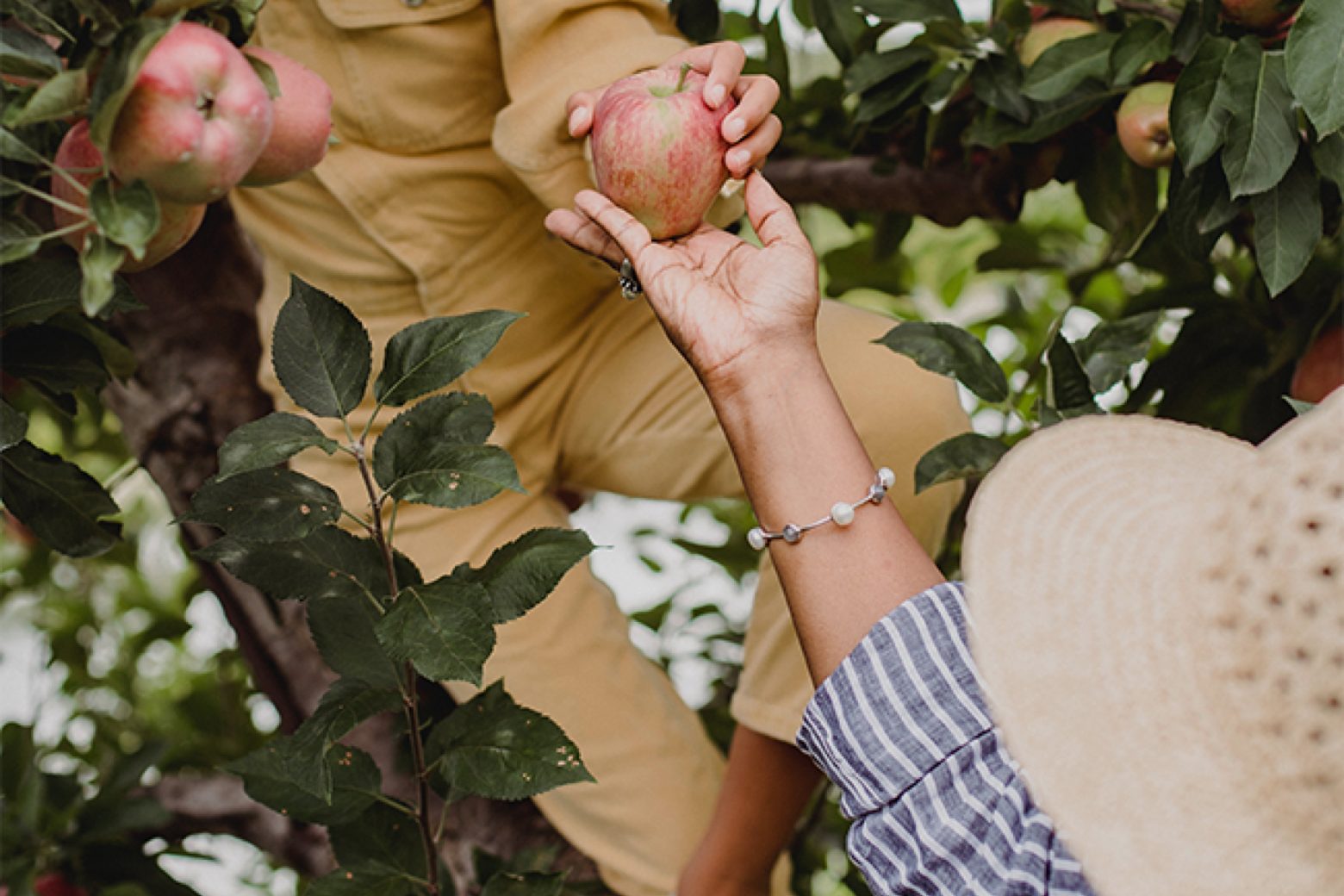the future of farming…
is female!
…and to be honest, so was much of the past. there just isn’t a lot of data to support it. but more and more research shows that women have been playing a role in how we source and harvest food since about 10,000 B.C. Science Magazine revealed a study that analyzed the bones of women from 7,000 years ago, and they found that their upper body strength surpassed even today’s elite female athletes – literal girl power!
as we kick off women’s history month, we decided to farm for some info to celebrate the women in this field. (no pun intended – ok, maybe a small one!)
plowing the way for equality in farming
in 1917, the United States entered World War I in support of the allies, which included Britain and France – this led to a labor shortage in the fields. during World War I, Britain created the Women’s Land Army. this movement encouraged young women to work on farms in order to support the changing needs of the country’s agricultural sector.
our troops weren’t the only ones who followed Britain. with men fighting overseas, women’s universities across the United States began to train women to fill the land labor void. this launched the Women’s Land Army of America (WLAA).

according to an article from the National Women’s History Museum, the WLAA was set up in forty states and the District of Columbia, with 15,000 and 20,000 women taking part across the country. President Woodrow Wilson supported the organization in 1918, but the government did not grant the WLAA any federal funding. at the beginning of 1920, the organization was formally disbanded, but that was not the end of female farming empowerment!
we celebrate the women of the WLAA, but women of color had been playing a role in farming for centuries prior to and during the WLAA’s existence. we acknowledge our nation’s history of slavery and the men, women and children who built the foundations for our abundant agricultural industry.

working towards an equal harvest for all!
with the second world war in the 1940’s, there was high-demand for help in the field once again, and that’s when the number of female farmers surged. during this time, many women in American agriculture belonged to the newly reformed Women’s Land Army (WLA – not to be confused with Britain’s Women’s Land Army), which came together from 1943-1947 and provided training and uniforms. during the five years the WLA operated, the program employed nearly 3.5 million female workers.
when men came back from war, they reclaimed their positions. and women went back to childcare or education, but some continued to stick to their newfound passion! not only did women find their equal place in the field, but so did minority and migrant field workers, thanks to César Chávez and Dolores Huerta who founded the National Farm Workers Association and United Farm Workers.
there was another uptick in female farmers in 1990, and today, there are more women in agriculture than ever before. globally, women make up almost half of the agricultural workforce, and more than 700,000 women work in the fields in the United States. the latest agricultural census revealed women are 30 percent of farm operators, making them one of the fastest growing groups of farmers.
wonder women of agriculture

it is nothing new for women to want to get their hands dirty in the field. according to the U.N. Food and Agriculture Organization, on average, women represent 43 percent of the world’s agricultural labor force. but do you know who those women are?

Dr. Evangelina Villegas
(Mexico, 1924-2017)
Evangelina was a cereal chemist and researcher. she collaborated with plant breeder Dr. Surinder Vasal to develop a variety of maize, a food staple in developing countries, which improved the nutritional and health needs of many people worldwide.
Dr. Maria Andrade
(Cape Verde)
Maria’s research led to the introduction of nine drought-tolerant varieties of sweet potatoes to farmers in Mozambique. with colleagues Dr. Robert Mwanga and Dr. Jan Low, Andrade developed bio-fortified, orange-fleshed sweet potatoes. these vitamin a-enriched sweet potatoes ultimately changed the working dynamic of the international community by being bred to thrive in the varying conditions of sub-Saharan Africa and to counteract vitamin a deficiencies.


Karen Washington
(Bronx, NY)
a farmer and community activist, Washington is a member of the board of directors of Just Food, New York Botanic Garden, and the NYC Community Gardens Coalition. she co-founded the Black Urban Growers, an organization committed to building networks and community support for growers in both urban and rural settings, and helped start community gardens in the Bronx, including the Garden of Happiness and La Familia Verde.
hard-working women produce more than half of the world’s food, despite being less than half of the labor force. additionally, women account for 60 to 80 percent of food production in developing countries. plant this seed in your mind – if the world’s women farmers had the same access to resources as men, 150 million people could be lifted out of poverty, according to the FAO.
feel inspired to support female farmers?
the women food and agriculture network exists so that women can share information, connections, and encouragement to be kick-butt practitioners and supporters of sustainable agriculture and healthy localized food systems. learn what they are all about!

